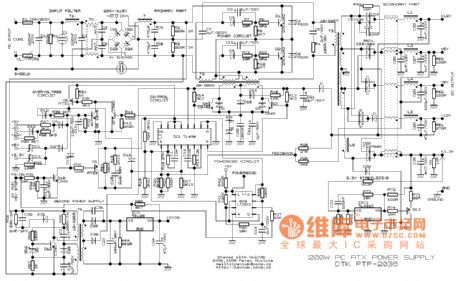
Variable Power Supply Using Switching Regulator
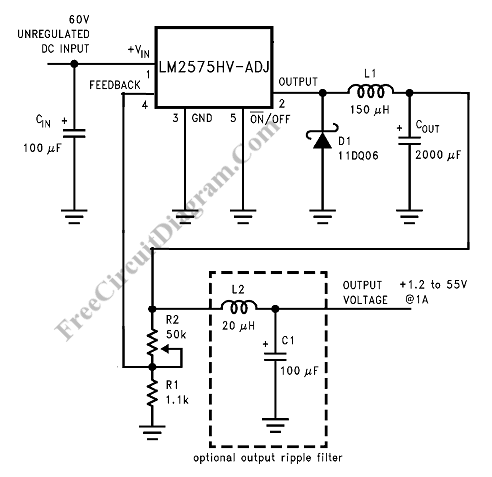
For hobbyists or professional electronic engineers engaged in various electronic experiments, troubleshooting, or testing, it is essential to provide a wide range of variable options.
In electronic engineering, the ability to manipulate and measure a wide range of variables is crucial for effective experimentation and troubleshooting. This can involve the use of variable resistors, capacitors, and power supplies, which allow for the adjustment of key parameters such as voltage, current, and resistance.
A variable resistor, or potentiometer, is a component that facilitates the adjustment of resistance within a circuit, enabling fine-tuning of circuit behavior. This is particularly useful in applications such as volume controls in audio devices or brightness control in lighting systems.
Capacitors, which store electrical energy, can also be varied in capacitance to affect timing circuits, filter designs, and signal processing applications. By selecting capacitors with different capacitance values, engineers can create circuits that respond to signals in desired ways.
Power supplies with adjustable output voltage and current ratings are fundamental for testing circuits under different conditions. These supplies can simulate various operational environments, allowing for thorough testing and validation of electronic designs.
In summary, providing a wide range of variable components is vital for both hobbyists and professionals in the field of electronics, as it enhances the ability to conduct experiments, troubleshoot issues, and test various electronic designs effectively.If you are a hobbyist or a professional electronic engineer who make many electronic experiment, troubleshooting, or testing, providing wide range variable. 🔗 External reference
In electronic engineering, the ability to manipulate and measure a wide range of variables is crucial for effective experimentation and troubleshooting. This can involve the use of variable resistors, capacitors, and power supplies, which allow for the adjustment of key parameters such as voltage, current, and resistance.
A variable resistor, or potentiometer, is a component that facilitates the adjustment of resistance within a circuit, enabling fine-tuning of circuit behavior. This is particularly useful in applications such as volume controls in audio devices or brightness control in lighting systems.
Capacitors, which store electrical energy, can also be varied in capacitance to affect timing circuits, filter designs, and signal processing applications. By selecting capacitors with different capacitance values, engineers can create circuits that respond to signals in desired ways.
Power supplies with adjustable output voltage and current ratings are fundamental for testing circuits under different conditions. These supplies can simulate various operational environments, allowing for thorough testing and validation of electronic designs.
In summary, providing a wide range of variable components is vital for both hobbyists and professionals in the field of electronics, as it enhances the ability to conduct experiments, troubleshoot issues, and test various electronic designs effectively.If you are a hobbyist or a professional electronic engineer who make many electronic experiment, troubleshooting, or testing, providing wide range variable. 🔗 External reference
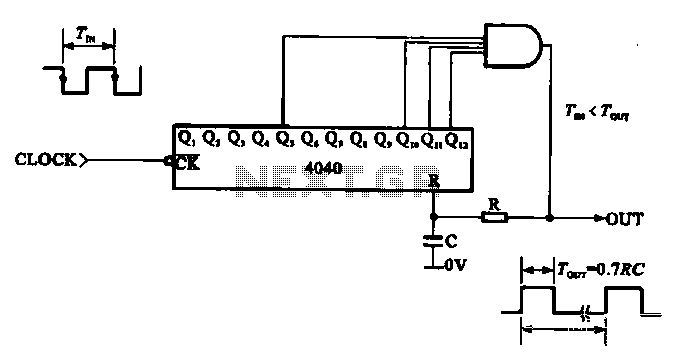
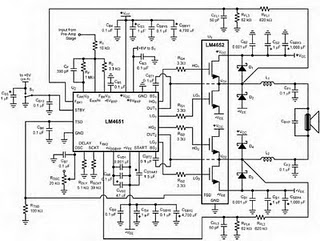
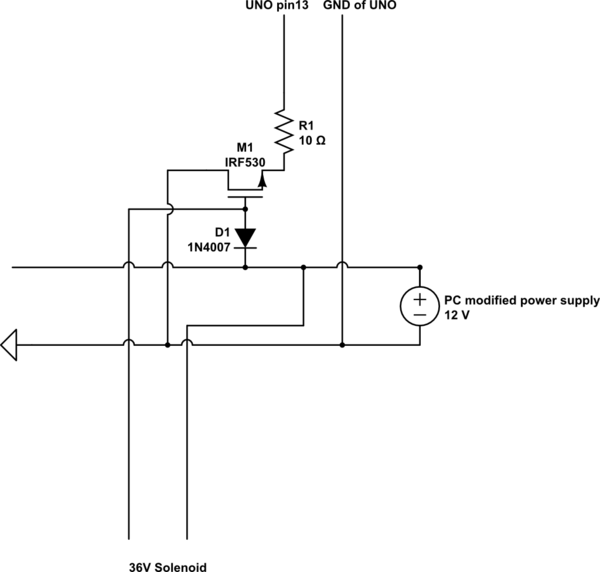
%2Bwith%2Banimation%2Bsimulation%2Bcircuit.png)

